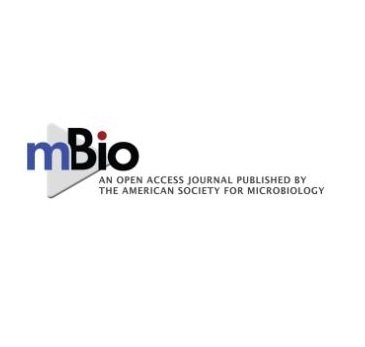|
Authors
Chi, Jordi; Cova, Marta; de las Rivas, Matilde; Medina, Ana; Borges, Rafael Junqueira; Leivar, Pablo ; Planas, Antoni ; Planas, Antoni ; Uson, Isabel; Hurtado-Guerrero, Ramón; Izquierdo, Luis ; Uson, Isabel; Hurtado-Guerrero, Ramón; Izquierdo, Luis
|
Abstract
UDP-N-acetylglucosamine (UDP-GlcNAc), the main product of the hexosamine biosynthetic pathway, is an important metabolite in protozoan parasites since its sugar moiety is incorporated into glycosylphosphatidylinositol (GPI) glycolipids and N- and O-linked glycans. Apicomplexan parasites have a hexosamine pathway comparable to other eukaryotic organisms, with the exception of the glucosamine-phosphate N-acetyltransferase (GNA1) enzymatic step that has an independent evolutionary origin and significant differences from nonapicomplexan GNA1s. By using conditional genetic engineering, we demonstrate the requirement of GNA1 for the generation of a pool of UDP-GlcNAc and for the development of intraerythrocytic asexual Plasmodium falciparum parasites. Furthermore, we present the 1.95 Å resolution structure of the GNA1 ortholog from Cryptosporidium parvum, an apicomplexan parasite which is a leading cause of diarrhea in developing countries, as a surrogate for P. falciparum GNA1. The in-depth analysis of the crystal shows the presence of specific residues relevant for GNA1 enzymatic activity that are further investigated by the creation of site-specific mutants. The experiments reveal distinct features in apicomplexan GNA1 enzymes that could be exploitable for the generation of selective inhibitors against these parasites, by targeting the hexosamine pathway. This work underscores the potential of apicomplexan GNA1 as a drug target against malaria.
|

WoS
Scopus
Altmetrics
 
|
|
Journal
Molecular Biology and Physiology, September/October 2020, v.11, n.5, e02045-20
|
